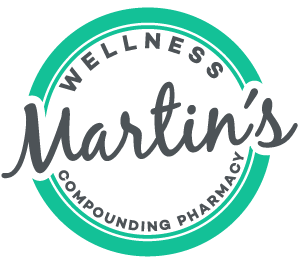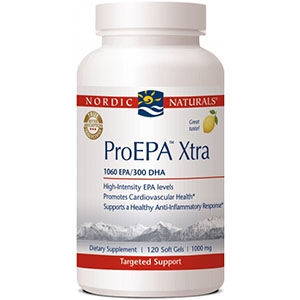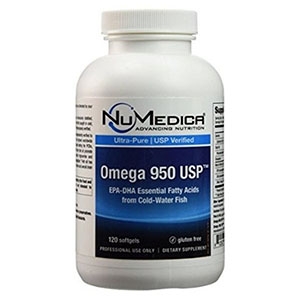EPA Omega 3 Fatty Acid - The King of Cardio
EPA and DHA are both important types of omega-3, with different roles and actions in the body. Our requirements for each fat change throughout life. Therapeutic use of omega-3 involves specific ratios of EPA and DHA, at differing levels according to different conditions and health concerns.
Our bodies are constantly putting our EPA omega levels to the test from adolescence to adulthood. Low levels of EPA strongly affects our physical health and can lead to joint, bone and heart problems. It also directly correlates with the our mental well being, and can influence the development of dyslexia and depression, as well as neurodegenerative diseases like MS and Parkinson’s.
EPA and DHA Omega-3 Fatty Acids
The ultimate goal of using omega-3 fatty acids is the reduction of cellular inflammation. They inhibit the production of prostaglandins. If you recall in Part-1 on EFAs, I mentioned prostaglandins. Prostaglandins are a part of a larger groups of chemical messengers known as eicosanoids and are the primary intermediary of cellular inflammation.
EPA becomes the most important of the omega-3 fatty acids to reduce cellular inflammation for several reasons. First, EPA is an inhibitor of the enzyme delta-5-desaturase (D5D) that produces arachidonic acid (AA) that turns on inflammation.

AA is necessary for the production of pro-inflammatory chemical messengers, or eicosanoids, which include prostaglandins. The more EPA you have in the diet, the less AA you produce.
Essentially, EPA chokes off the supply of AA from the cell membrane. If you don’t release AA from the cell membrane then you can’t make inflammatory eicosanoids.
How this happens is because EPA and AA are very similar spatially. They are in constant competition for the enzyme necessary to release AA from where it is stored in the membrane.
Corticosteroids medication, such as Prednisone, acts the same way as EPA. So, if you have adequate levels of EPA to compete with AA, you can achieve many of the benefits of corticosteroids without their side effects.
EPA vs DHA
DHA is too big. It can’t fit into the active catalytic site of the enzyme necessary to release AA. Because of this, DHA is not a good competitor of the enzyme when compared to EPA. However, DHA has other important benefits we’ll talk about in part-3.
The Benefits of EPA
For cardiovascular health, elevated triglyceride and cholesterol levels are risk factors for heart disease, and managing lipid levels is essential. Blood levels of EPA (not DHA) are associated with a lower risk of cardiovascular disease events.
Treating with pure EPA has cardiovascular health benefits that are clinically superior to DHA-containing oils. As I mentioned, I prefer Barlean’s Swirl for EPA/DHA balance, but if you are looking for extra cardiovascular support, I recommend ProEPATM Xtra by Nordic Naturals or Numedica’s Omega 950. They are some of the best omega-3 supplement brands.


